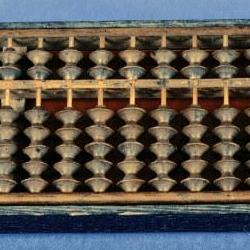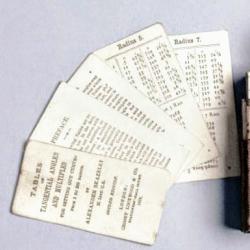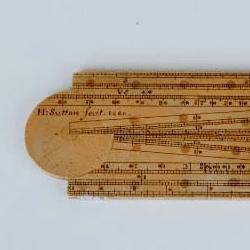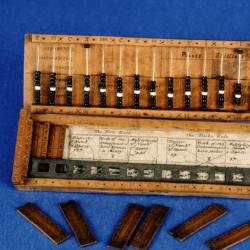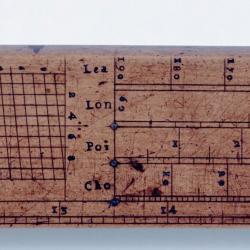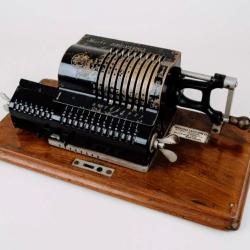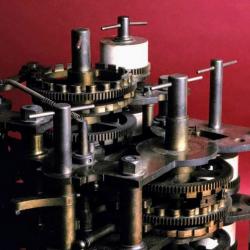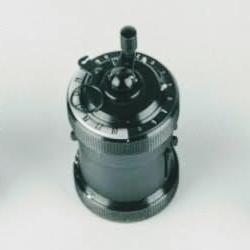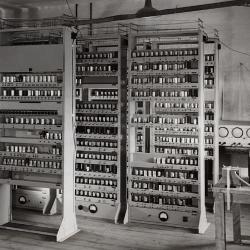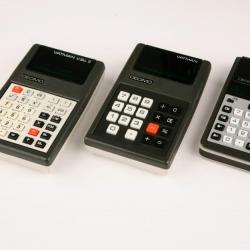Tools and instruments are integral features of the history of mathematics, aiding numerous pursuits such as navigation, description of the natural world, and regulation of commerce. The world's oldest scientific instruments were developed to aid calculation. For hundreds of years, ruler-like tools were the most common calculating devices and their use persisted alongside mechanical innovations that automated simple mathematical procedures.
The Whipple Museum is in possession of more than 700 'calculators', from sectors used by Early Modern astronomers to an impressive collection of handheld calculators of the sort used by twentieth-century astronauts. The articles in this section explain various aspects of the history of calculating devices.


